Education in Merriam was also a highly significant historical development.
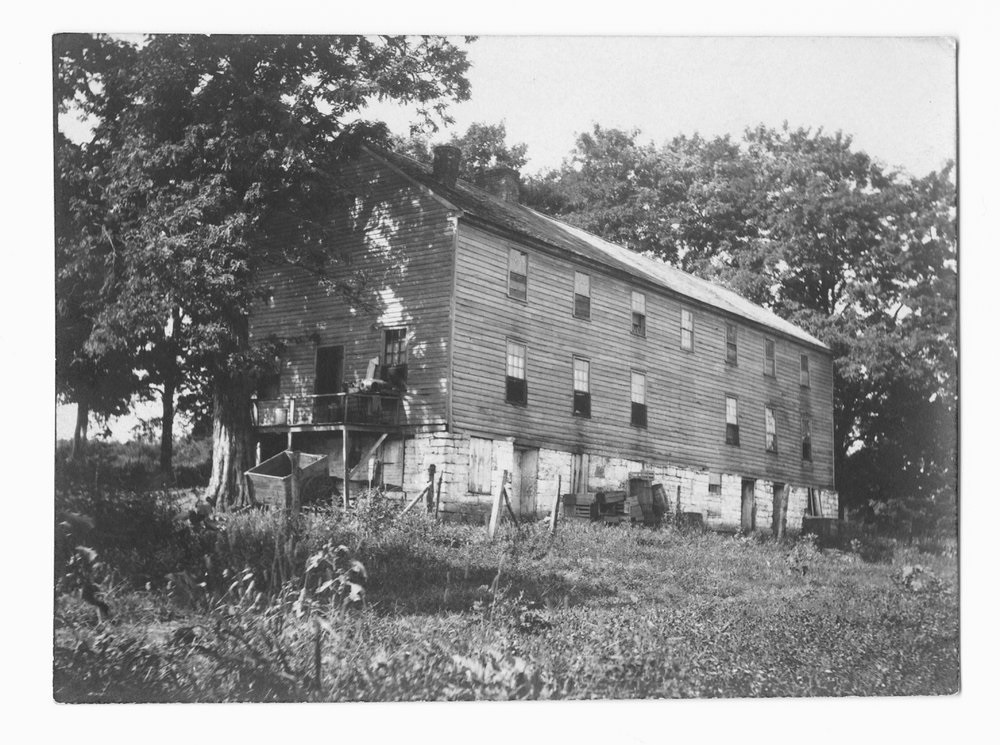
Established in 1837 by Moses Pearson and his wife, the Quaker Mission School (also known as Shawnee Friends Mission) served to educate Shawnee and Quaker children. The Quakers wanted to convert the Shawnees’ to Christianity. They also sought to change the Shawnee by assigning English names to the children who attended the school and giving them English-style clothing to wear. The children were clothed and fed completely at the expense of the mission. Although the Quakers forbade the children to speak their native language, Charles Bluejacket visited the school and read to the children in their native tongue.
Enrollment at the school reached its peak in 1864 with 76 pupils. In its later years, the mission was primarily a school for Shawnee orphans. As the Shawnee gradually left the area, the necessity for a school lessened, and the mission closed in 1870.
Early settlers of Campbellton sent their children to the Hickory Grove School. The school was built in 1865 in a grove of hickory trees, and located near present day Shawnee Mission North High School. The school was known as the largest school building in Johnson County at the time. Children from Merriam attended Hickory Grove School until 1870.
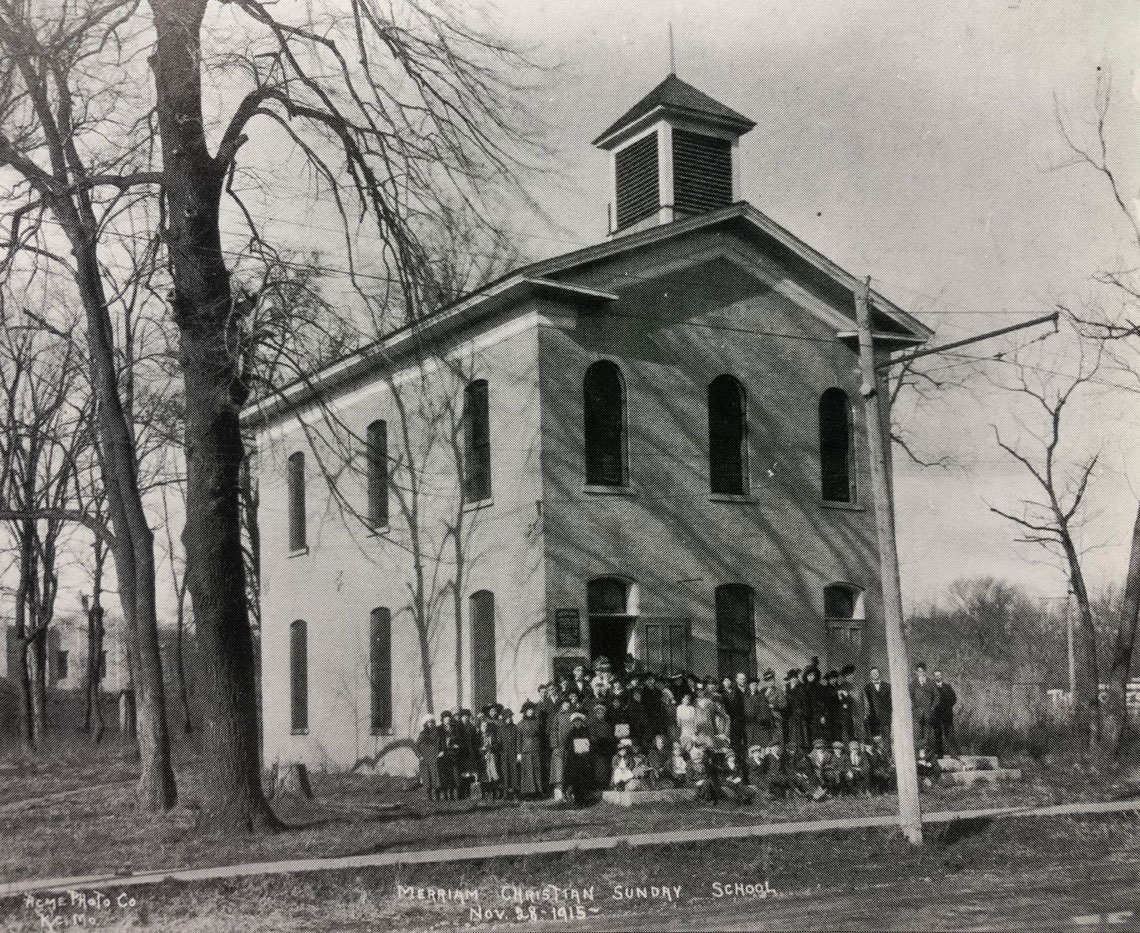
As the population of Merriam increased, so too did the need for a local school. In 1871, District 79 was formed and a two-story red brick schoolhouse was built on Merriam Drive in 1872. School was held in an old gin mill while the new school was under construction. The new school building was used for classes, Union Sunday School, community meetings and social affairs. A bell tower sits on top of the building, which still stands as the oldest building in downtown Merriam today. The building was sold in 1920 and has housed Chevrolet Motor Company, the Gas Service Company, a Studebacker agency, an independent garage, Gribble Music Company, and Pittman Moving and Storage.
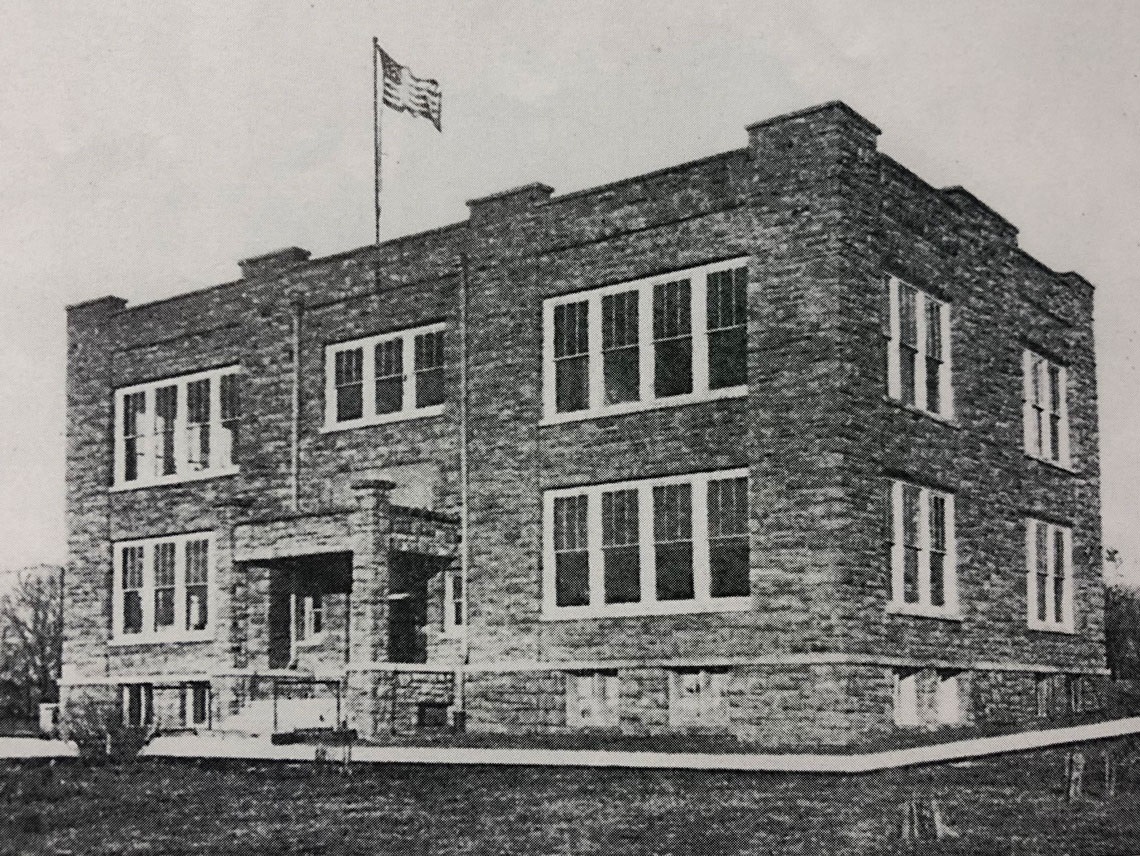
In 1911, Merriam School opened as the first school in Johnson County to serve both grade school and high school. In 1922, Shawnee Mission High School opened and Merriam School became only elementary school. The building served students until 1969 when it shut down after two newer elementary schools were built. The building was then used by the Johnson County Community College and the Kansas City Christian School until the City of Merriam bought it in 1988, revamping it into the Irene B. French Community Center. In 2020, the building was demolished and a new community center was built at 6040 Slater St., just down the road from Merriam City Hall.
South Park and the Fight to End Segregation
Johnson County organized School District 90 in 1888 to serve the the South Park community, which was located just south of county line. It was an integrated community where James and Molly Webb settled their family. Both black and white students attended the Madam J. Walker School until the school district began separating students by race around 1900.
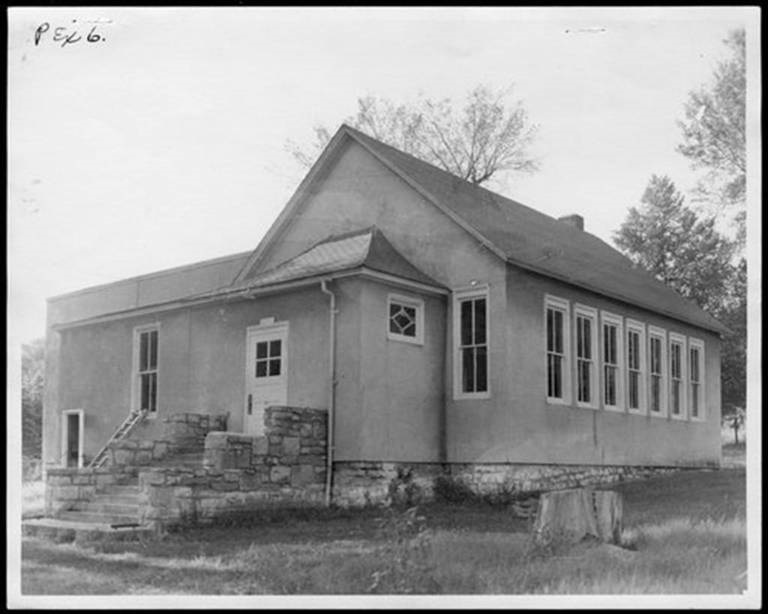
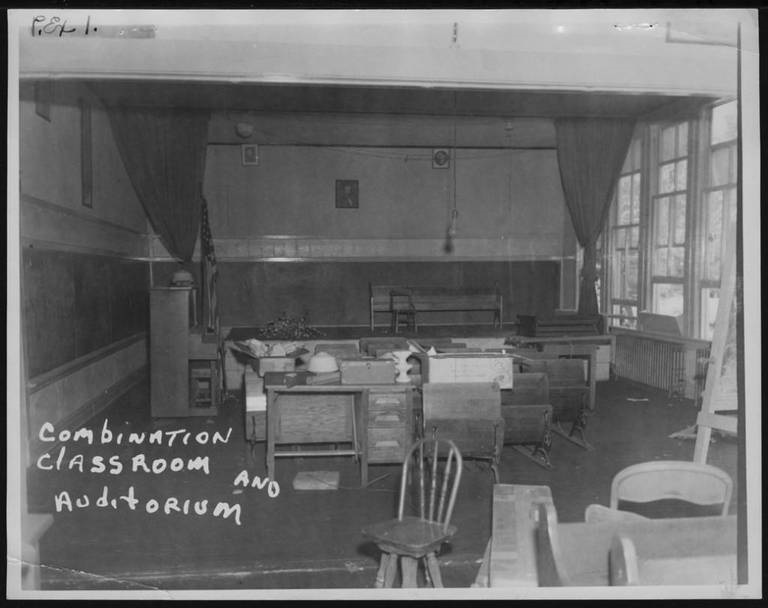
South Park Elementary School opened in 1947 and only allowed white students. Black students were forced to continue to attend the Walker School, which had 40 students in two rooms with poor lighting and heating, and used outdoor plumbing. The school building was clearly inferior. Black parents appealed the segregation to the school board and Johnson County Court. Their appeals were denied.
Black parents organized a boycott with the help of Esther Brown, a local white woman. Known as the Walker School Walkout, teachers Corinthian Nutter and Hazel McCray-Weddington taught students in private homes for a year. Esther Brown helped the community hire a lawyer and file a lawsuit against the school district.
The 1949 case Webb vs. School District 90 was filed on behalf of 39 families whose children were rejected from the white-only South Park Elementary. The Kansas Supreme Court ordered that equal facilities must be provided for all children, allowing black children to be admitted to South Park Elementary in 1949. This case paved the way for the 1954 Brown v. the Topeka Board of Education, perhaps one of the most recognizable historic movements in education.
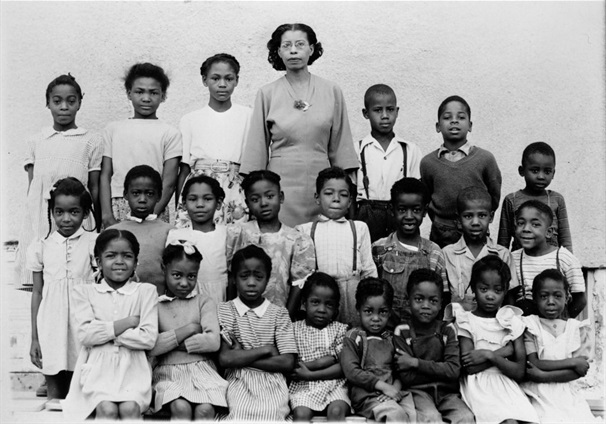
Corinthian Nutter, a true pioneer in desegregation, was the key witness in the lawsuit. She helped remove segregation in the public school system. Below is an excerpt of Ms. Nutter’s comments regarding desegregation at South Park school:
"I am the willowy daughter of a former slave. I ran away from home at age 15 to pursue an education in the North. When the time came, I sacrificed my hard-won teaching position to boycott the dilapidated all-black schoolhouse where I once taught in South Park. The one-room Walker Elementary School, with an outhouse on the playground had been separate from the town's white school for more than 60 years and equal for none of its students. Black parents lost their patience when the town's school board refused to let their children attend the new, modern school on the hill – a school built in part with black tax dollars. During the boycott, I did not want the children to suffer in the wake of being pulled from school, so I agreed to teach 39 children in my home, parents' living rooms and in the basement of Mt. Olive Baptist Church. I was a teacher in the classroom, that's all. And, education was for the children, not for a color. I was paid a stipend each month from the NAACP, but I would have done it for nothing. The lawsuit was an opportunity to stand up for equal rights in education. I just told them the truth. The school was dilapidated. We had no modern conveniences, had to go outside to go to the toilet - schools shouldn't be for color. They should be for the children."
Merriam's Black History